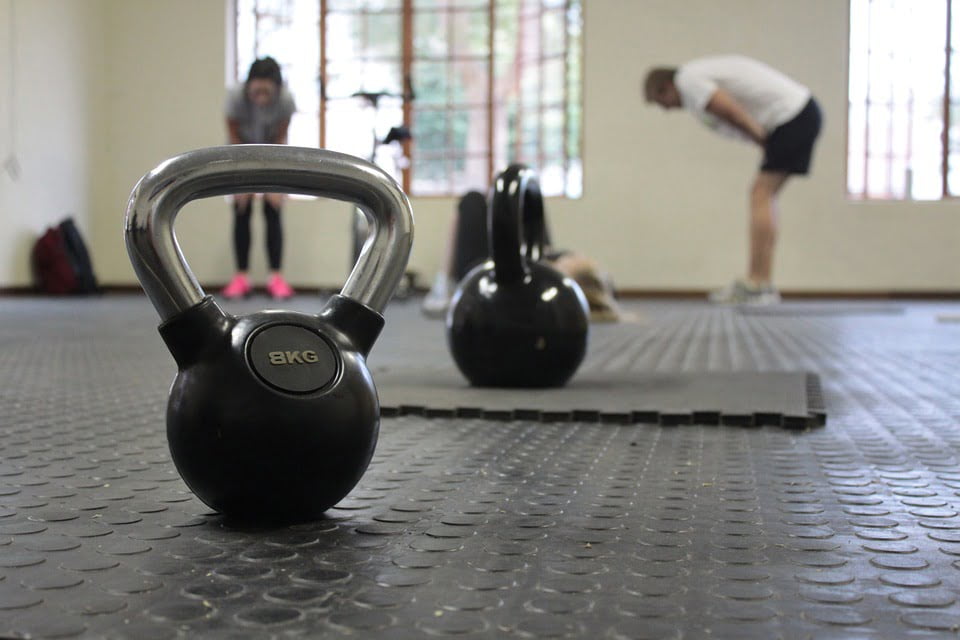Exercise Right Week is an awareness campaign that is brought to you by Exercise & Sport Science Australia (ESSA) annually. This year it will run from 25th – 31st May with the theme of “Movement is Medicine”. The aim is to highlight how powerful exercise, physical activity and movement are for your health, irrespective of age, weight, background or health status.
Over five days our resident Accredited Exercise Physiologist (AEP) Scott Howard will take you through five ways to Exercise Right!
Today we discuss – Muscular Strength!
Muscular strength is the maximum force a muscle can produce for a short amount of repetitions before it can no longer perform any more work. The term muscular strength is relative, with a 60-year-old with knee osteoarthritis walking up the dreaded stairs and an active 20-year-old performing a 100kg squat – both here are performing tasks at their maximal strength.
To best understand people’s limits and how to put together a specific strength program, various testing methods are utilised by exercise physiologists. A common test for the 60-year-old is the five times sit to stand test, which they should be able to complete within 12 seconds. A common test for the 20-year-old is a One Repetition Maximum (1RM) back squat, or a safer alternative is to perform the test for five repetitions (or 5RM) and extrapolate the data to estimate their 1RM. Knowing where each individual sits within these tests, gives us great information on how much weight to start with when designing your exercise program.
There is strong evidence to support that land-based strength exercise improves pain, function and bone health in people living with, or at risk of developing, osteoarthritis and osteoporosis. In fact, some orthopaedic surgeons are now recommending that their patients first trial a six-week period of specific exercises, as this can result in some people no longer needing or being able to delay joint replacement surgery. A combination of hip and knee strengthening exercises two days per week is the minimum recommendation.
There are several benefits of strength training for young, healthy populations too. Muscular strength is primarily achieved by the amount of weight moved, and being specific to your goals and the individual tests being used. Increases in 1RM are optimised when resistance training is above 85% of 1RM. Greater strength increases are also seen when exercises that replicate the test being used are performed regularly in the training program. For example, testing and training a squat will have the greatest cross over compared to training on the leg extension machine. Additional variables to consider include training volume (sets x reps x number of sessions per week) and intra-set rest to allow for adequate recovery.
If you are interested in assessing your strength, organising a tailored program or have more questions – please contact our Accredited Exercise Physiologist, Scott, on (02) 4314 5183 or via email admin@physioconnex.com.au
Bookings with Scott can be made online or through channels as stated above.
Keep an eye out tomorrow for the third installment in our Five Days Five Ways to Exercise Right blog series. If you missed yesterday’s blog on cardiovascular fitness click here.

